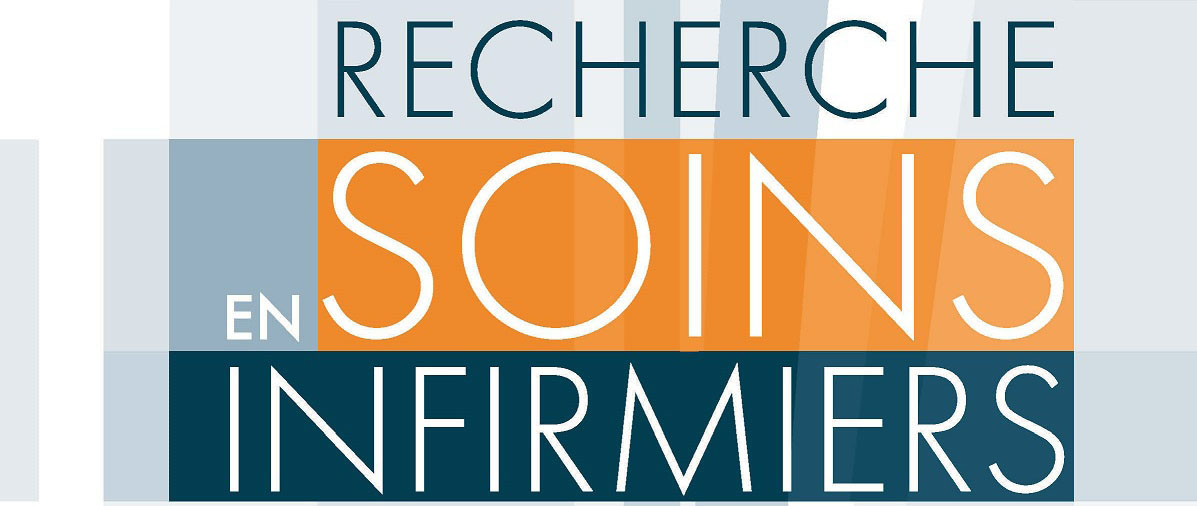How can empathy deficit in adolescents be characterized and evaluated clinically? A literature review
Introduction: empathy has long been considered through the lens of human sciences. Today, certain neuro-scientific postulates complement this knowledge. Context: observation of adolescents presenting psychiatric disorders, accompanied by conduct disorders and/or psychopathic traits, frequently display empathy deficits. Nurses should evaluate the nature and the degree of empathy of these adolescents. Aims: this literature review aims to set out the clinical characteristics of empathy deficit using its definition, and to describe the clinical evaluation tools. Method: the target population of this review is children and adolescents from twelve to eighteen years old. The review was carried out using works from PubMed, CINAHL and PsycINFO, from 2002 to 2012. Results: twenty-two articles were selected. Empathy is defined as a mechanism combining several components of neuronal activity. Empathy includes a cognitive component and an affective component, which are based on a neurofunctional dysfunctional substrate when there is an empathy deficit. Three evaluation scales are distinguished: the Basic Empathy Scale, the Interpersonal Reactivity Index and the Griffith Empathy Measure. Discussion: three evaluation tools present the validity and reliability criteria for clinical use. Conclusion: the development of evidence-based practices should confirm the usefulness of these tools for nurses.
Keywords
- empathy
- adolescent development
- deficit
- conduct disorders
- scale
